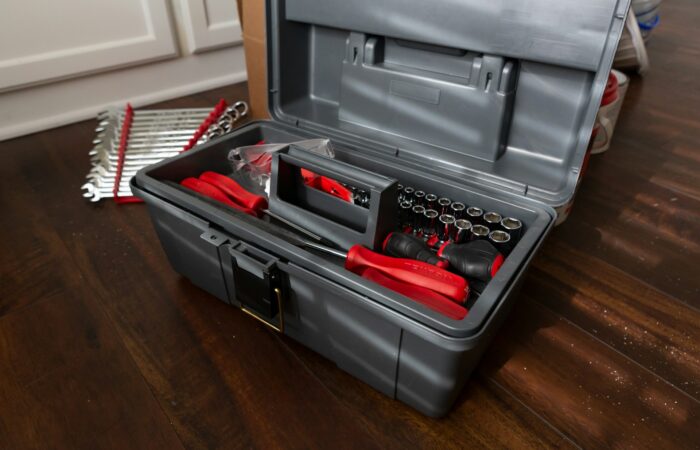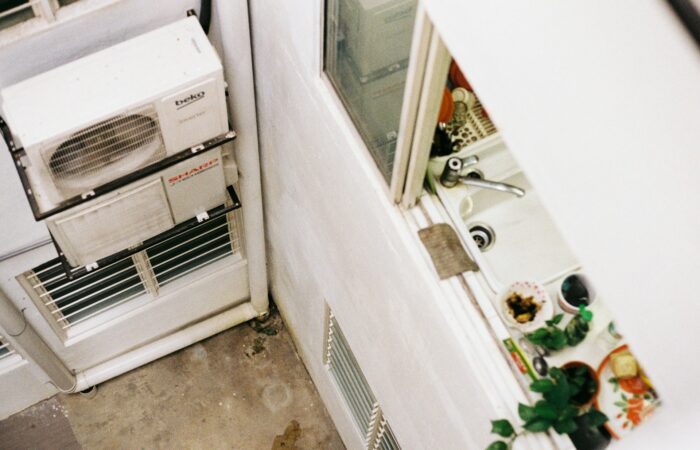
In any industry reliant on electrical equipment, unexpected failures can cause frustration, downtime, and significant expense.
Wouldn’t it be better to spot issues before they escalate into catastrophic breakdowns? That’s where thermal imaging comes into play.
Offering a non-invasive method to monitor, inspect, and diagnose equipment, thermal cameras are making advanced predictive maintenance the gold standard for businesses.
This blog explores how thermal technology works, its potential applications, and how your organization can benefit from preventing electrical failures effectively.
Why Early Detection Matters
Electrical systems are often the backbone of operational efficiency, whether in manufacturing facilities, data centers, or office buildings.
However, technological failures rarely appear out of nowhere. Early signs, such as slight overheating or hotspots, indicate an underlying issue waiting to explode.
Ignoring these early warning signs can result in the following consequences:
- Unplanned Downtime: Equipment breakdown can disrupt production timelines, affecting revenue and operational goals.
- Costly Repairs: Repairs tend to cost more when issues reach a critical stage compared to preventive measures.
- Safety Hazards: Electrical faults can lead to fires, posing safety risks to personnel and damaging infrastructure.
Thermal imaging offers a solution by identifying problems before they become emergencies.
How Thermal Imaging Works
Thermal imaging technology uses infrared cameras to detect and display surface temperatures. While invisible to the naked eye, these temperature variations can signal potential problems in electrical systems, machinery, and infrastructure.
When an electrical component begins to deteriorate, it typically generates excess heat. By capturing infrared data, thermal cameras can identify abnormal temperature patterns, also known as “hotspots,” which could signal pending failures.
Benefits of Thermal Imaging in Inspections
Thermal imaging is particularly invaluable because it offers:
- Non-Contact Monitoring: Inspections can be conducted without shutting down operations or dismantling equipment.
- Precision: Pinpoint exact problem areas to take targeted actions.
- Comprehensive Coverage: Quickly assess large areas and multiple components, leaving no blind spots.
Applications of Thermal Imaging in Electrical Inspections
Thermal imaging has become a trusted tool across a variety of industries. Here’s how some organizations are using it to ensure safety and efficiency.
1. Industrial Manufacturing
Manufacturing plants rely on complex machinery operating at high speeds, often for extended periods. Overheated motors, conveyor belts, or electrical control panels can lead to downtime that disrupts the entire assembly line.
Thermal imaging allows maintenance teams to detect signs of overheating equipment early and resolve issues efficiently.
2. Power Distribution Systems
Heat buildup in power distribution equipment, such as circuit breakers, transformers, or switchboards, can compromise electrical supply consistency.
By leveraging thermal cameras, power companies can maintain uninterrupted service while efficiently preventing widespread outages.
3. Data Centers
Data centers operate under heavy energy loads due to the sheer amount of servers and storage devices they house.
Even a minor electrical issue can disrupt critical IT operations. Regular thermal imaging inspections help identify overheating hardware, minimizing the chances of system crashes or data loss.
4. Commercial and Residential Buildings
Thermal cameras are widely employed in facility management to identify faulty outlets, wiring issues, or overloaded circuits. These inspections improve overall safety while reducing the risk of fire hazards.
Introducing Advanced Thermal Camera Technology
Not all thermal cameras are created equal. Advanced thermal camera technology offers more than standard imaging. Enhanced clarity, smarter analytics, and real-time data integration enable users to make informed decisions immediately.
Key Features of Advanced Thermal Cameras
- High-Sensitivity Detectors: These sensors can detect even the smallest temperature discrepancies.
- Real-Time Reporting: Modern devices offer connectivity to software platforms, enabling instant reporting and data analysis.
- Wide Temperature Range: Ideal for environments with extreme temperatures, ensuring versatile applications.
- Compact and Portable Design: Lightweight devices offer mobility, making them practical for all-scale facilities.
If you’re looking to learn more, reputable brands like FLIR, Fluke, and Seek Thermal offer solutions tailored to industries of all sizes.
Practical Steps to Integrate Thermal Imaging
Are you considering adding thermal imaging to your inspection toolkit? Follow these steps for a successful implementation.
Step 1. Assess Your Needs
Evaluate your current operational needs, the frequency of your equipment breakdowns, and the scale of your electrical system. This will help you decide the type and specifications of the thermal camera required.
Step 2. Invest in Quality Equipment
While cheaper options may look appealing, investing in advanced thermal camera technology ensures accuracy and durability over time. Reliable devices are essential for long-term success.
Step 3. Train Your Team
Having a thermal camera is just the beginning. Train your team to interpret thermal images effectively and integrate the process seamlessly into routine electrical inspections.
Step 4. Schedule Regular Inspections
Consistent monitoring yields the most benefits. Set up a maintenance schedule that incorporates routine thermal imaging inspections into your operations.
Step 5. Analyze Data
Use software tools to log and track thermal data over time. This helps establish clear trends and identify recurring issues, ensuring continuous improvement.
Optimize Efficiency and Safety with Thermal Imaging
Thermal imaging is revolutionizing preventive maintenance, enabling businesses to detect and address potential equipment failures before they escalate into costly issues.
By identifying problems early, this technology not only improves workplace safety but also significantly reduces repair expenses, offering seamless solutions for equipment failure prevention.
With its versatile applications across industries, thermal imaging technology is reshaping how organizations approach maintenance.
Whether you’re managing extensive data centers or overseeing industrial operations, its benefits are undeniable.
Protect your electrical systems and optimize operations today. Integrate thermal imaging technology into your maintenance processes for enhanced peace of mind and operational excellence.
Subscribe To Get Update Latest Blog Post
No Credit Card Required









